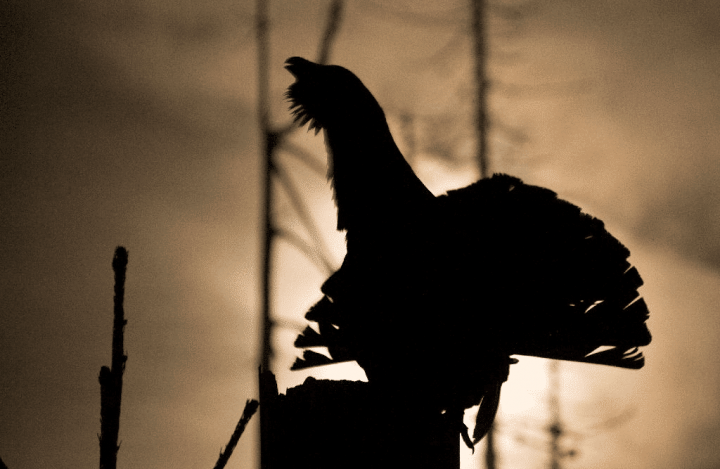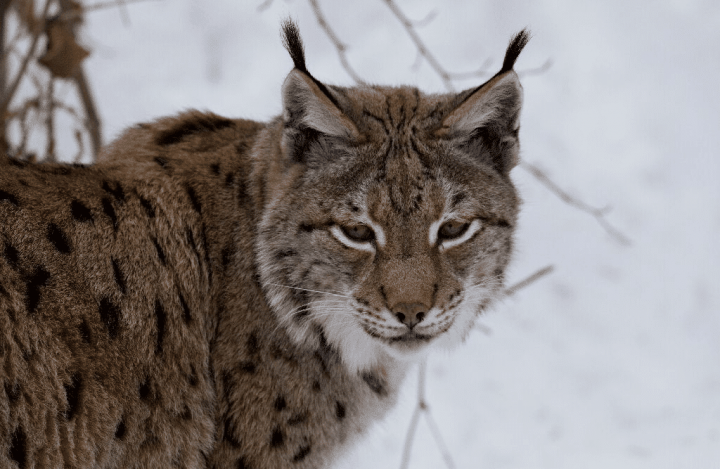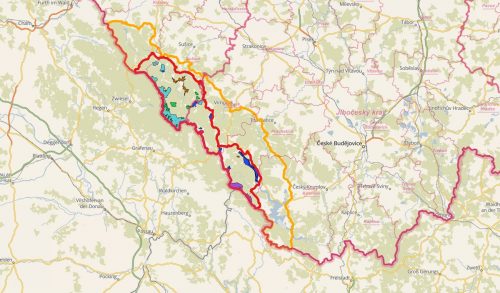The Proposal
The Šumava National Park Tranquillity Areas are measures to regulate movement of visitors in the National Park territory.
This regulation is especially necessary in relation to the protection of rare species of fauna and in areas where they permanently live, nest, breed, and winter, that is, where they are the most sensitive to human-induced disturbance.
The territory, only accessible via marked hiking trails, was already specified upon establishing the Šumava National Park, at approximately 22 percent of the National Park territory. Virtually the same extent of tranquillity areas with the current tourist trails preserved is currently proposed by the Šumava National Park Administration. The grounds for conservation have not changed – we are trying to protect the peat bogs from deterioration by trampling and erosion, there still survive species like capercaillie and black grouse, it is also necessary to protect the hunting grounds of the lynx females that successfully raise their young in Šumava. Over the last thirty years, there has been a surge in the number of endangered species that prosper in Šumava but need our protection – such as the common crane, pearl mussel, and peregrine falcon.
The proposed tranquillity areas in Šumava open almost three thousand hectares of territory which up to now has been inaccessible or it was only possible to walk through them along marked trails. Visitors will therefore be able to learn about their uniqueness in detail.
Very attractive will certainly be the area along the Křemelná Stream between Prášily and the vanished settlement of Stodůlky. It is a gorgeous, wild area crossed by the charming Křemelná Stream. Žďárské slatě, Častá, and Polecký vrch will offer learning about another kind of nature – Nordic taiga in the middle of Europe. These places will open to public for the very first time.
Tourists will also be allowed, virtually without limitations, into another large area between Kvilda and Strážný. For this part of the National Park, we only propose several small-scale tranquillity areas with limited duration of closure so that tourism does not endanger lekking of the black grouse and nesting of the peregrine falcon. This means that for part of the year, tourists would only be allowed to hike on marked trails, but the areas will be fully open for the rest of the year in all places where the terrain permits.
These tranquillity areas of limited duration will open the possibility for visitors to explore – in the summer and autumn – the beauties of the northern part of the Stožec Rocks where entry is currently banned throughout the year as no trail leads there.
The new proposal of tranquillity areas also increases the proportion of marked or dedicated trails. Today the tranquillity areas are crossed by 58 km of tourist trails. Thanks to the new proposal, the proportion rises to more than 90 km, while a great part of the increase is thanks to aligning the accessibility of the border path with the regime introduced by the Bavarian Forest National Park.
In total, the size of the tranquillity territory will be increased from the current 9,002 ha to 14,921 ha. The greatest changes concern the border areas, continuing the tranquillity area of the Bavarian Forest National Park, i.e. areas around Velká Mokrůvka and Malá Mokrůvka Mountains, Modrava Marshes, and Poledník Mountain, home to one of the largest populations of capercaillie in Šumava. A major part of this territory is now inaccessible due to the existence of islands of first zones, separated from each other, and the territory is therefore impenetrable. In its proposal, the Administration consolidates this area into a compact whole, and will serve as a compensatory measure for opening up the Modrý sloup border crossing in the near future.
The following detailed rationales for the individual tranquillity areas form an inseparable part of the proposal:
- Šumava peat bogs TRANQUILLITY AREA (A)
- Capercaillie TRANQUILLITY AREA (B)
- Capercaillie TRANQUILLITY AREA for the territory of Trojmezí and Smrčina (C)
- Black grouse, common crane, and pearl mussel TRANQUILLITY AREA (D)
- Peregrine falcon TRANQUILLITY AREA (E)
- Spiny quillwort TRANQUILLITY AREA (F)
- Eurasian lynx TRANQUILLITY AREA (G)



